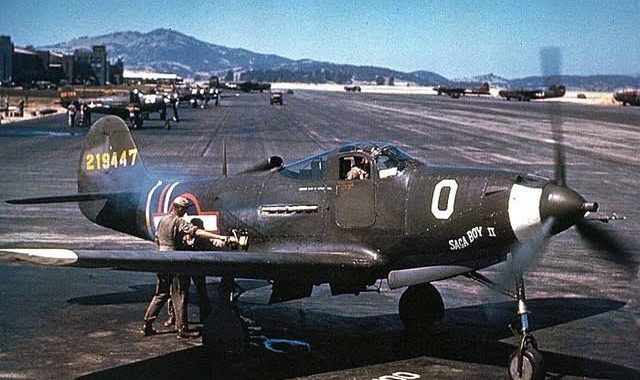Interesting facts about the Bell P-39 Airacobra
The aircraft presented today is known by the name Bell P-39 Airacobra which acted as the principal fighter aircraft for the America Air Force when the US was involved in World War II. The Bell P-39 Airacobra was also used by the Soviet Union’s Air Force and managed to make high kills compared to any … Continue reading Interesting facts about the Bell P-39 Airacobra
0 Comments
